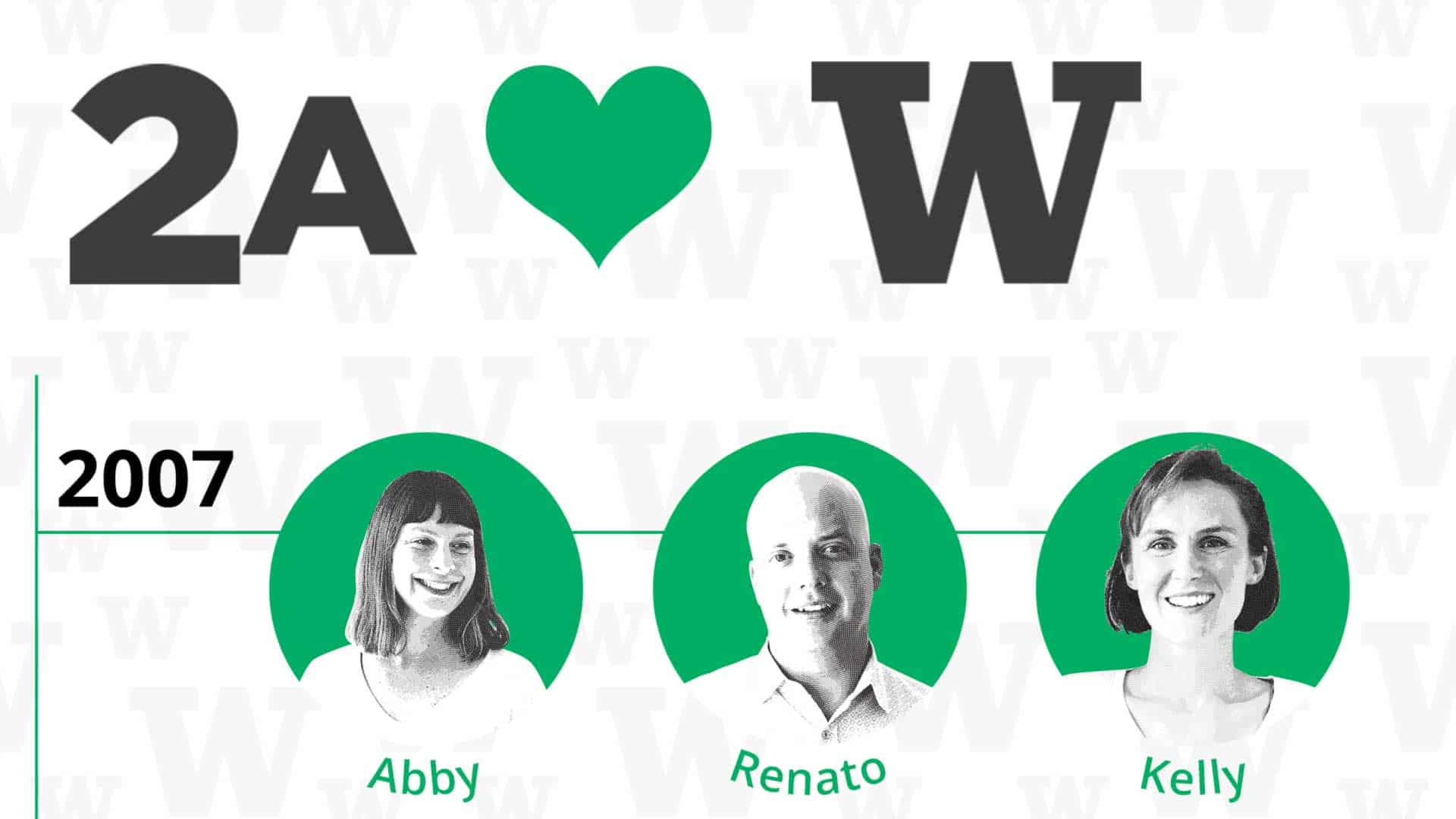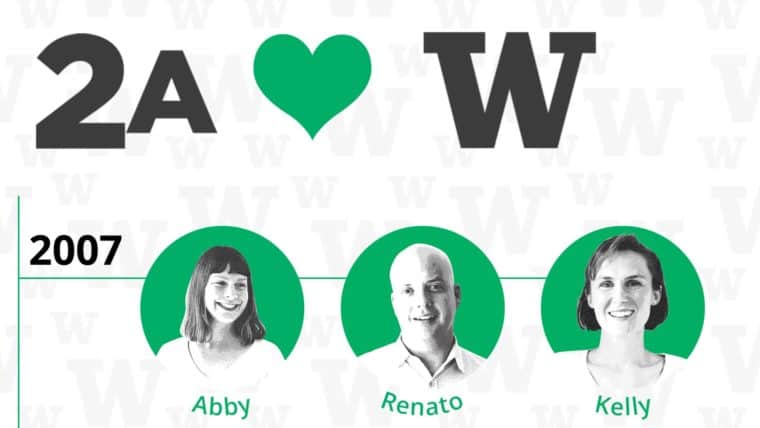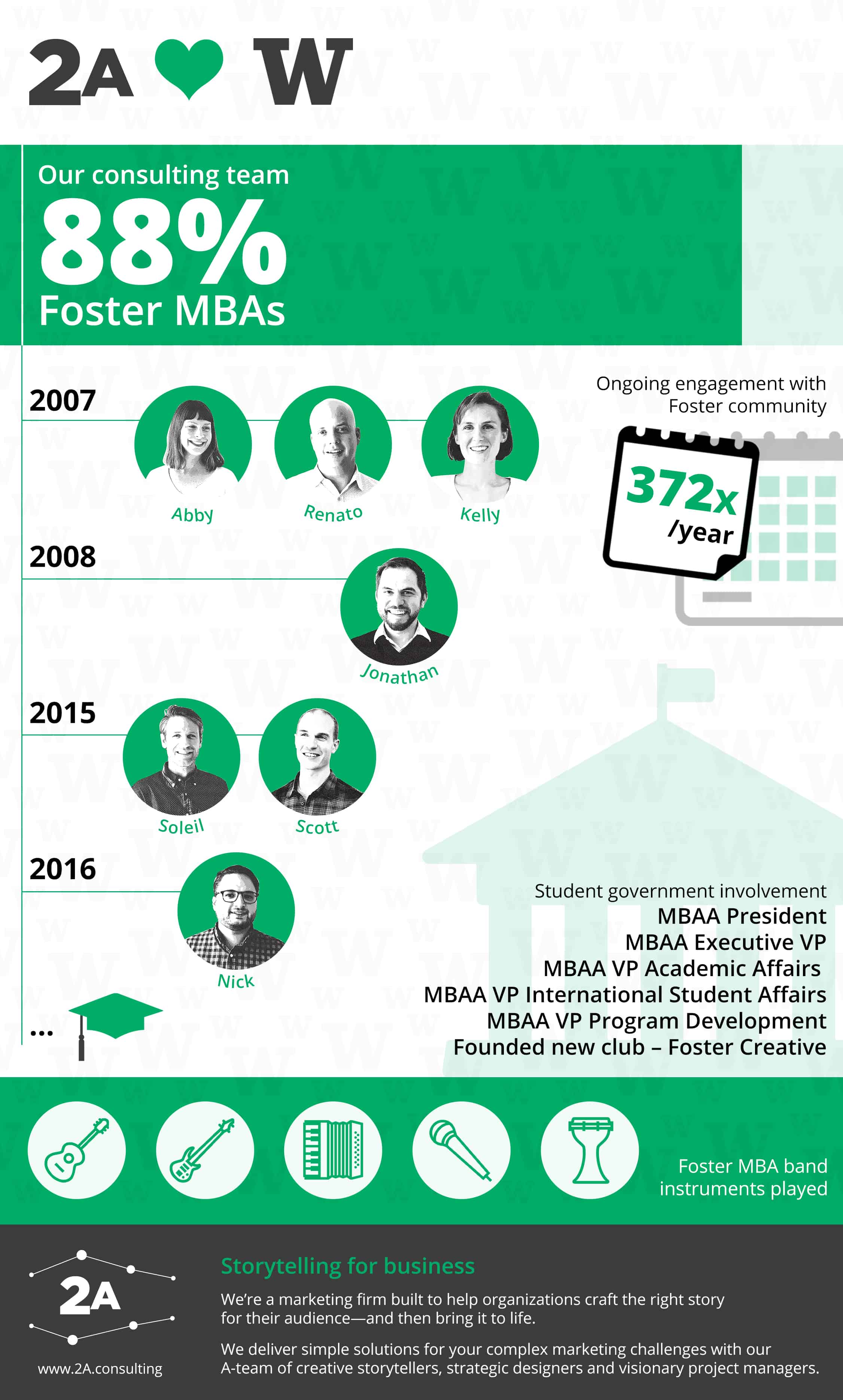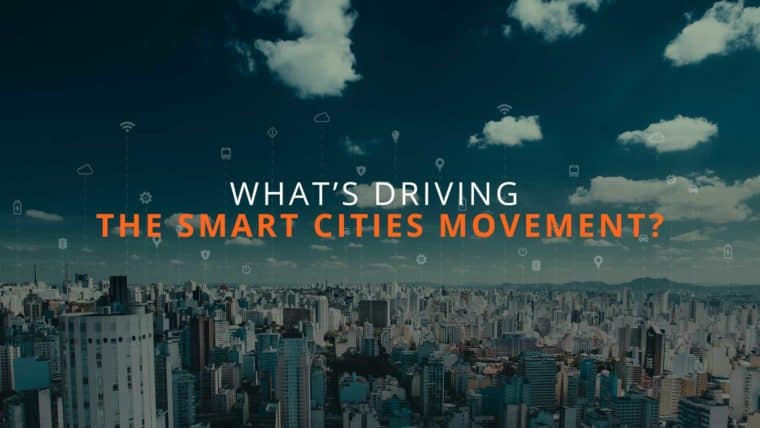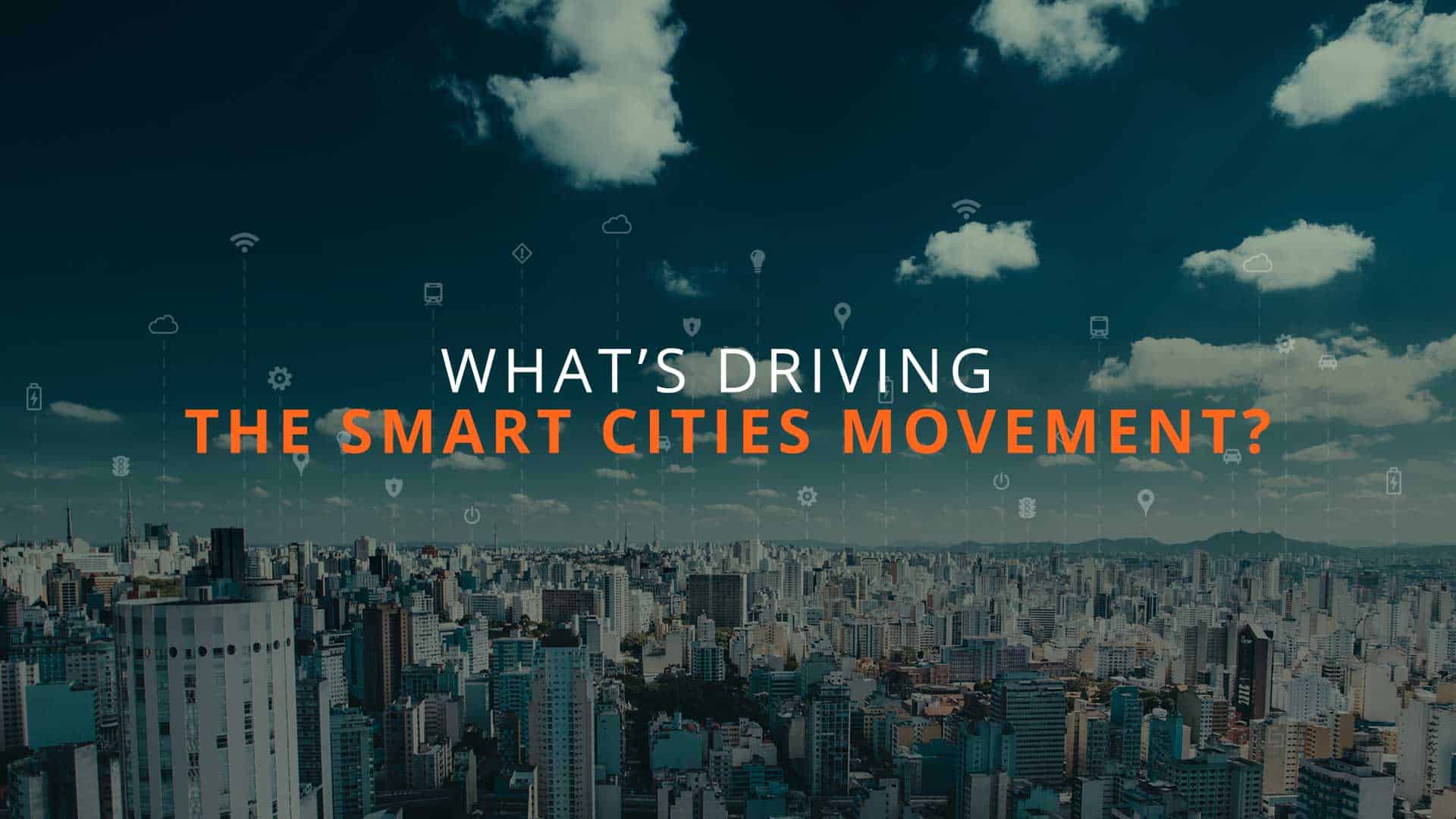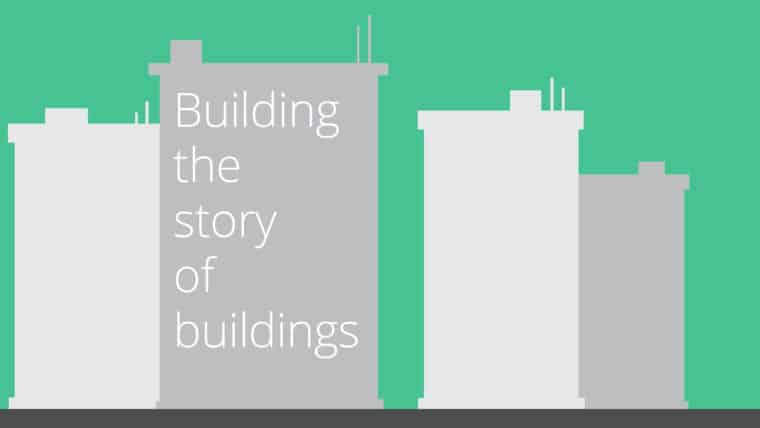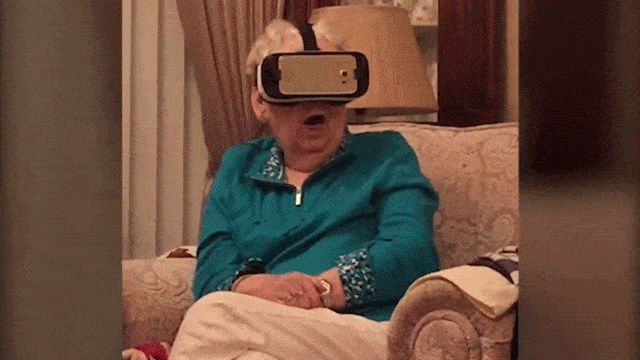By Jonathan Shaw
I have vivid memories of an early ’80s family road trip. As our station wagon wended its way through downtown Seattle, I was transfixed by the sight of a massive skyscraper under construction. This was my early glimpse of the Columbia Center, which has been Seattle’s tallest building for over 30 years. Today, plans are in development for an even taller Seattle building: the proposed 93-floor 4/C Tower.
The real story with 4/C, however, isn’t about height (although I love the thought of a true supertall tower coming to Seattle!). It’s the fact that this building will evolve over time to adapt to life in Seattle 50 (or 100) years from now. The architects behind 4/C have designed parking floors to accommodate a different use in the future: additional residential space. Why? Because the coming decades will involve declining interest in individual car ownership, the rise of connected autonomous cars, and improved public transit. Future cities will be smart cities: they’ll function as integrated systems rather than disparate components. Smart urban planners and architects recognize this fact, and they’re planning accordingly.
Consider the current state of technology-assisted navigation. According to Uber and Lyft drivers I’ve talked with, the most effective navigation product available today is Waze, which provides route guidance based on crowdsourced user input. Waze works great, but it can still get stymied by uncooperative traffic lights. But this problem will go away with traffic lights that adapt to changing conditions in real time. Intelight, which develops intelligent traffic management solutions, is actively laying the groundwork for this transition. We’re currently working with the Intelight team on a number of fronts, and it’s been absolutely fascinating to collaborate with them on developing a narrative for transportation agencies operating in the smart city era.
Districts within cities are currently driving tremendous change. EcoDistricts, a non-profit that focuses on neighborhood-scale sustainable development, has grown rapidly from one pilot program in 2010 to over 400 participating cities worldwide today. The 2A office is actually located in the middle of an EcoDistrict, and we’re just a few a few blocks from what’s described as the greenest commercial building in the world. A profusion in sensor-generated data is fueling the transformation: cities are actively using open data as currency to incent local startups, working with APIs from firms like Seattle-based Socrata. Last week in Las Vegas, CES included a Smart Cities Hackathon with over 300 developers building solutions with the Intel IoT Kit, Amazon Alexa voice-activated skills, and open data provided by Las Vegas.
The technology to power smart cities is already here. Zero energy buildings, which consume only as much energy as can be produced on-site, are now technically feasible. IoT infrastructure solutions continue to proliferate. The challenge is stitching all of these developments together with a truly systems-based mindset. It presents an opportunity for gifted storytellers to help frame the narrative. This is why we’re so excited to be working with clients in the smart cities space right now — along with the smart buildings industry, as I wrote previously. Are you involved in the smart cities transformation, and if so, where do you see the opportunities? Let’s chat!
Share the storyhttps://2a.consulting/blog/whats-driving-the-smart-cities-movement/
Collapse the story
